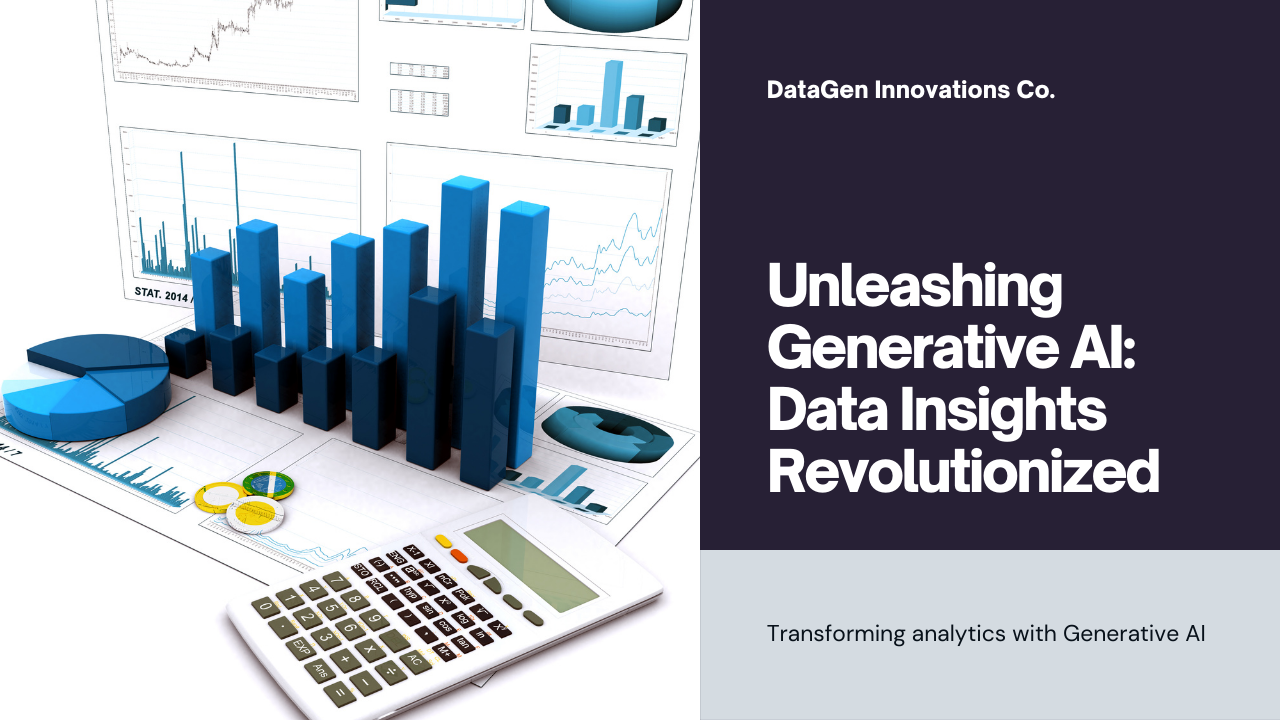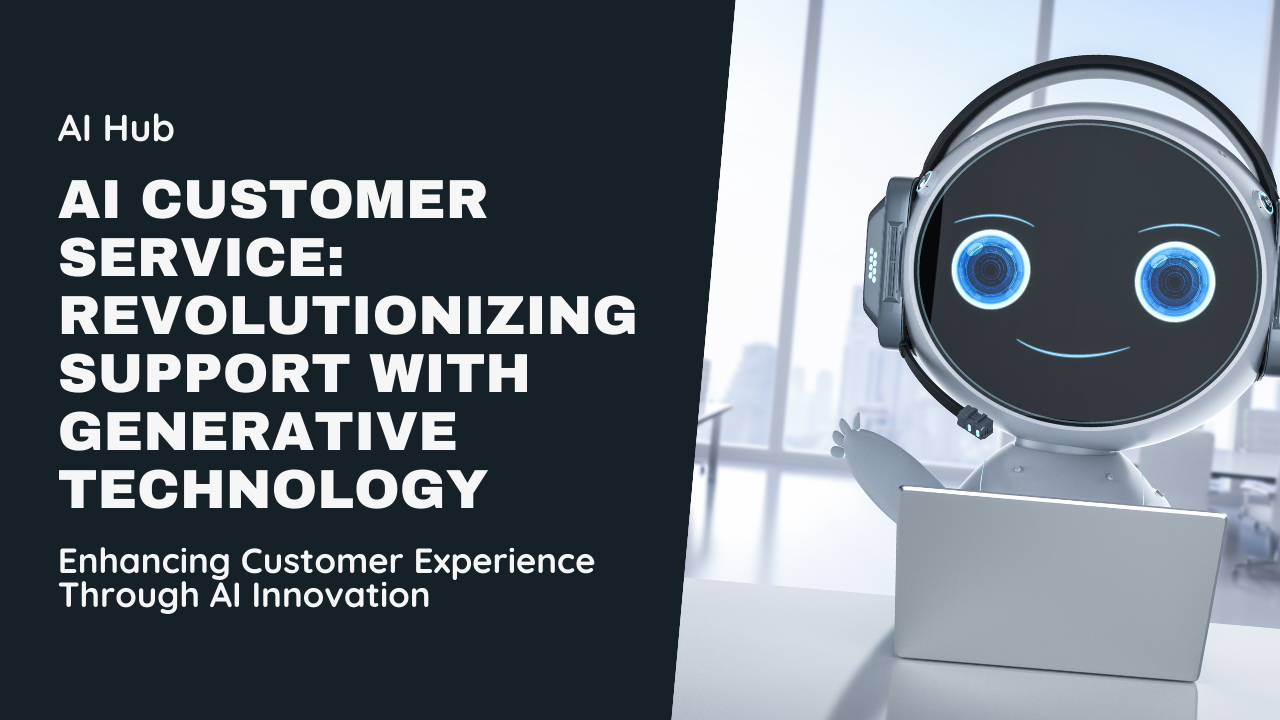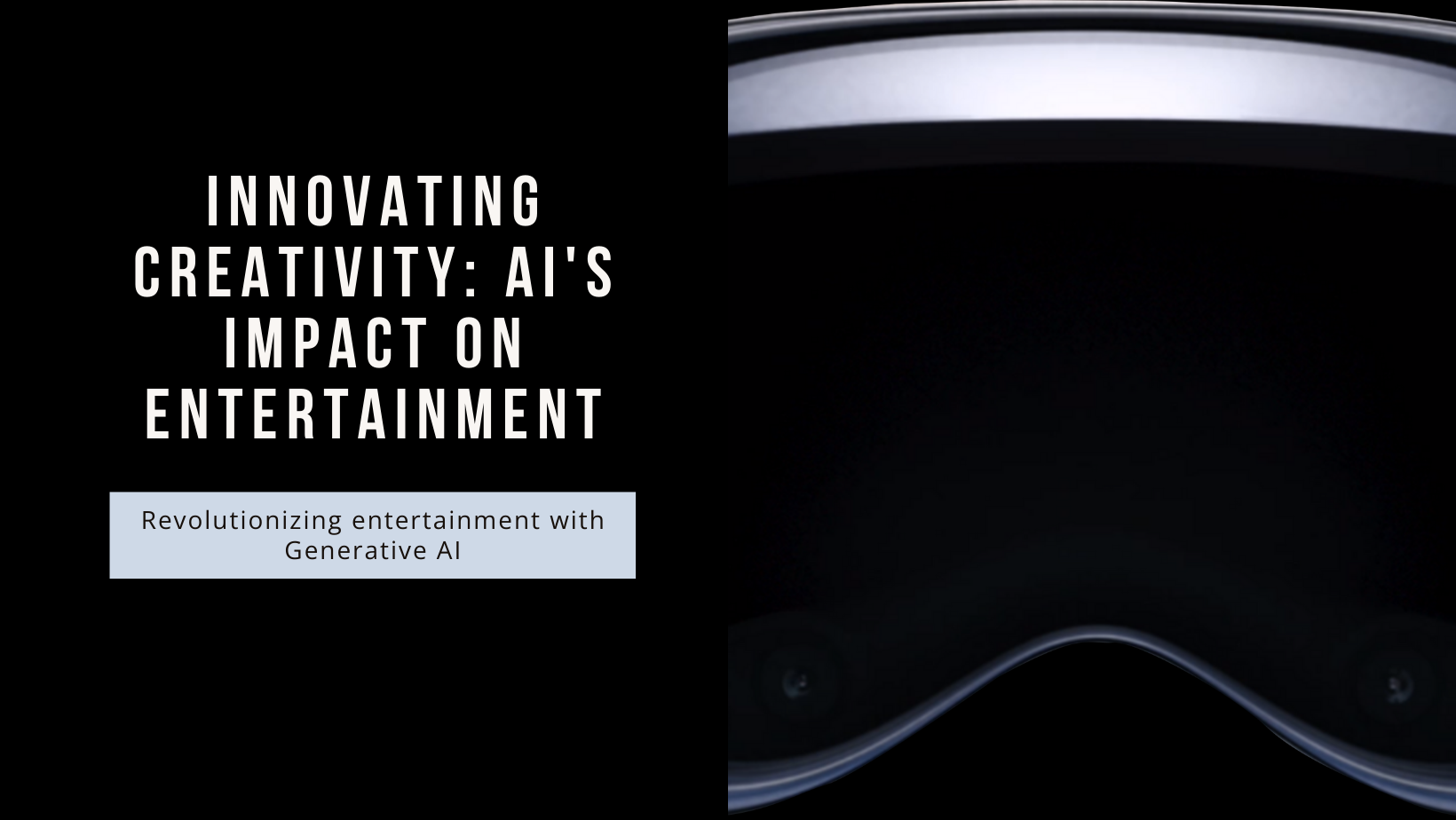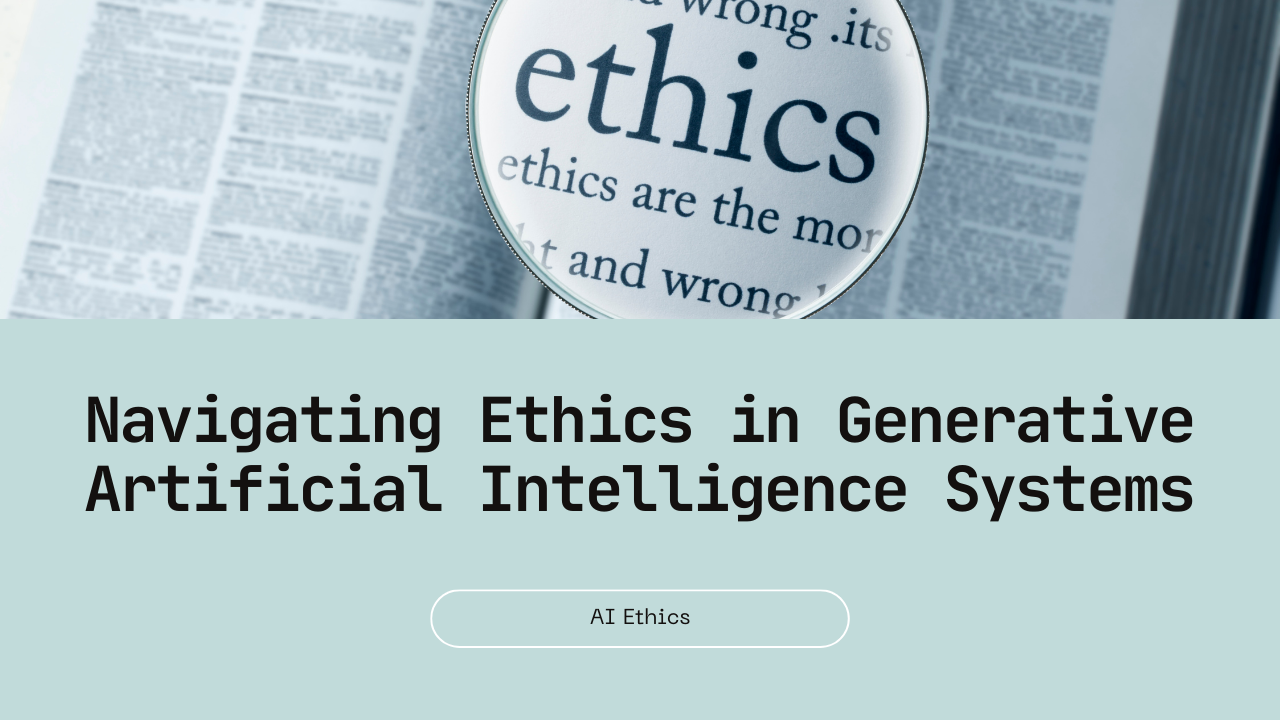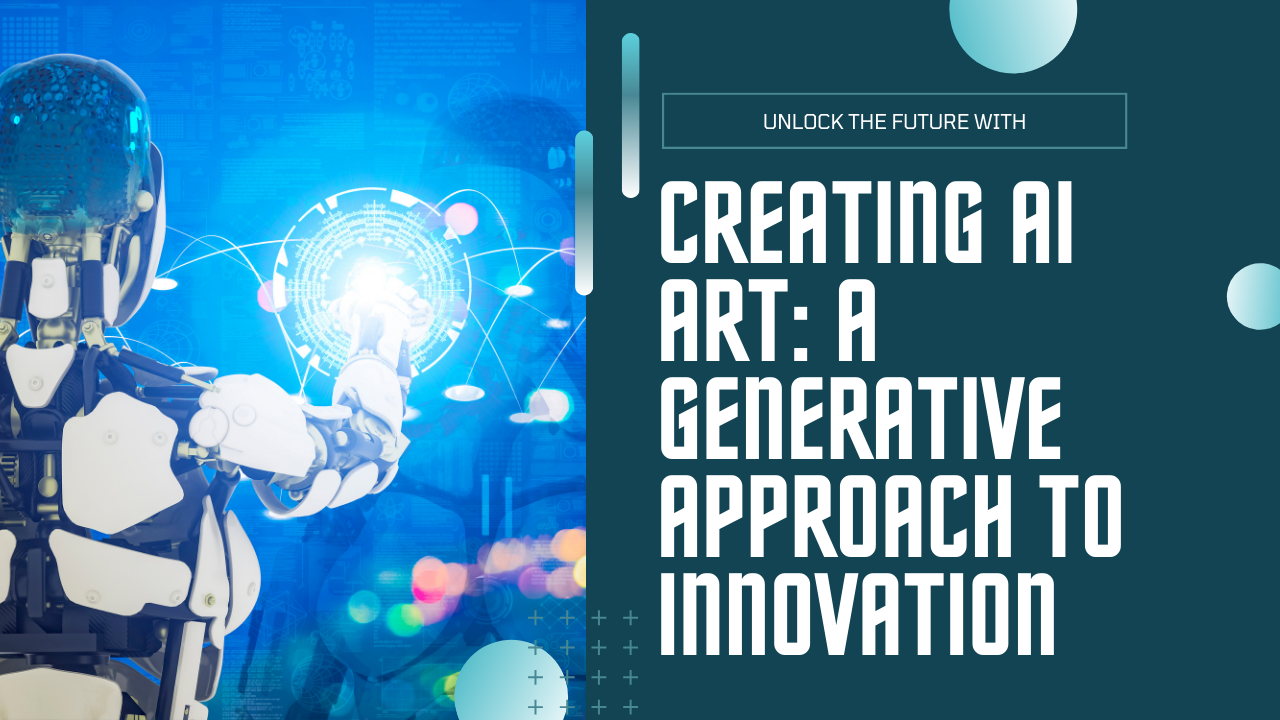In today’s interconnected digital landscape, the rapid advancement of Generative AI has revolutionized various industries, from healthcare to finance, by enabling innovative applications in content generation, predictive modeling, and personalized experiences. However, with great innovation comes the imperative to prioritize cybersecurity and data protection. Securing Generative AI applications is paramount to safeguarding sensitive data, maintaining regulatory compliance, and mitigating emerging threats. This blog delves into essential strategies, best practices, challenges, and future considerations for securing Generative AI applications effectively.
Understanding Generative AI Applications and Security Challenges
Generative AI applications utilize machine learning algorithms to autonomously generate new content, insights, or predictions based on learned patterns from vast datasets. While these applications offer transformative capabilities, they also introduce unique security challenges, including data privacy risks, algorithmic biases, adversarial attacks, and unauthorized access to AI models or training data.
Essential Strategies for Securing Generative AI Applications
1. Data Privacy and Confidentiality
Ensure robust data encryption, secure data storage solutions, and data anonymization techniques to protect sensitive information used in AI model training and deployment. Implement access control policies, data minimization principles, and compliance with data protection regulations (e.g., GDPR, CCPA) to safeguard user privacy and mitigate data breach risks.
2. Model Integrity and Validation
Implement rigorous model validation procedures, including testing for algorithmic biases, adversarial attacks, and model drift. Utilize explainable AI (XAI) techniques to interpret AI model decisions, identify vulnerabilities, and enhance transparency in AI-driven decision-making processes. Regularly update AI models with new data to improve accuracy, robustness, and resilience against evolving threats.
3. Network Security and Infrastructure
Secure AI model deployment environments, cloud services, and communication channels with industry-standard cybersecurity protocols (e.g., TLS encryption, VPNs). Implement intrusion detection systems (IDS), endpoint protection solutions, and network segmentation strategies to detect and mitigate potential cyber threats, unauthorized access attempts, and malicious activities targeting AI infrastructure.
4. User Awareness and Training
Educate stakeholders, AI developers, and end-users about cybersecurity best practices, AI-specific risks, and incident response protocols. Foster a culture of security awareness, encourage proactive threat detection, and empower personnel with skills to recognize and mitigate security vulnerabilities in Generative AI applications.
Challenges and Considerations in Securing Generative AI Applications
1. Adversarial Attacks and Robustness
Generative AI models are susceptible to adversarial attacks, where malicious inputs or perturbations can manipulate model outputs or induce incorrect predictions. Implement adversarial training techniques, model robustness testing, and anomaly detection mechanisms to defend against adversarial threats and maintain AI model integrity.
2. Regulatory Compliance and Ethical AI
Navigate regulatory frameworks governing AI ethics, data privacy, and algorithmic accountability to ensure compliance with legal requirements and industry standards. Address ethical considerations, biases in AI algorithms, and potential societal impacts of Generative AI applications through responsible AI development practices and transparency in AI decision-making processes.
3. Emerging Threat Landscape
Stay abreast of emerging cybersecurity threats, AI-specific vulnerabilities, and evolving attack vectors targeting Generative AI applications. Collaborate with cybersecurity experts, AI researchers, and industry peers to share threat intelligence, adopt proactive security measures, and innovate resilient AI security solutions to mitigate risks effectively.
Future Trends in AI Security
As Generative AI continues to evolve, advancements in federated learning, differential privacy, and AI-enabled cybersecurity defenses will shape the future of AI security. Future trends may include AI-powered threat detection systems, decentralized AI architectures, and automated security orchestration frameworks that enhance resilience and adaptability against sophisticated cyber threats.
Case Studies: Securing Generative AI Applications
Case Study 1: AI-Driven Healthcare Diagnostics
Challenge: A healthcare provider aimed to deploy AI-driven diagnostic tools for medical imaging analysis while ensuring patient data confidentiality and regulatory compliance.
Solution: Implementing encrypted data transmission protocols, secure cloud storage solutions, and AI model validation techniques to protect patient privacy, maintain data integrity, and comply with healthcare regulations (e.g., HIPAA).
Outcome: The AI-driven healthcare diagnostics platform achieved regulatory approval, improved diagnostic accuracy by 30%, and safeguarded patient data against unauthorized access, demonstrating the efficacy of AI security measures in healthcare applications.
Case Study 2: AI-Powered Financial Fraud Detection
Challenge: A financial institution sought to enhance fraud detection capabilities using AI-driven predictive analytics while mitigating financial risks and protecting customer assets.
Solution: Deploying AI models for real-time transaction monitoring, anomaly detection, and predictive fraud analytics with stringent data encryption, secure APIs, and continuous model validation techniques.
Outcome: The AI-powered fraud detection system reduced false positives by 40%, detected fraudulent transactions in real-time, and safeguarded customer funds against financial fraud, highlighting the role of AI in enhancing cybersecurity resilience in financial services.
Conclusion
Securing Generative AI applications requires a proactive approach to cybersecurity, rigorous risk management practices, and collaboration across multidisciplinary teams to address evolving threats and regulatory complexities. By prioritizing data privacy, model integrity, and cybersecurity resilience, organizations can harness the full potential of Generative AI while safeguarding sensitive data, building trust with stakeholders, and driving sustainable innovation in the digital age.
Contact Sodio Technologies today to explore how we can help secure your Generative AI applications, mitigate cybersecurity risks, and empower your organization with resilient AI-driven solutions for the future.

